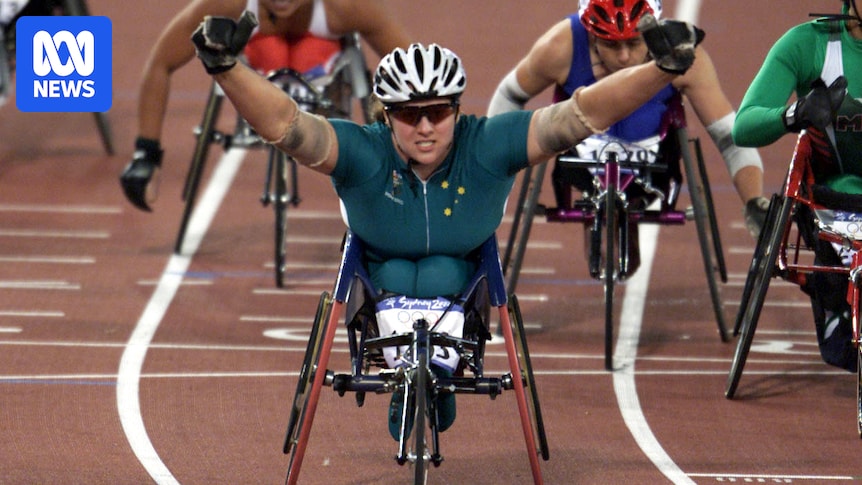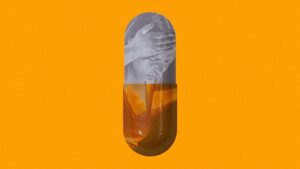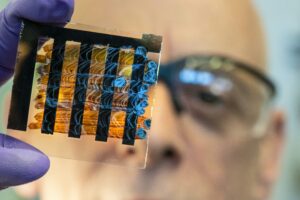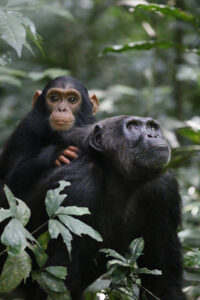
Lighting the cauldron at the opening ceremony of the Sydney Paralympics was a momentous occasion for Louise Sauvage. The secrecy surrounding this honor was so intense that she couldn’t even share it with her manager or family, who only discovered her role on the night of the event. Her teammates were equally in the dark as she discreetly left the Olympic stadium to join the other torchbearers, including winter Paralympian Michael Milton.
“Michael handed [the torch] to me and I was down there with the young lady who was singing in the opening ceremony,” Sauvage told ABC Sport. “It was all choreographed, of course, and you have to tip it at the right moment and then it just lights up.”
This week marks 25 years since the Sydney Paralympics and that unforgettable moment for Sauvage, in a Games that would come to define her illustrious sporting career. Having already secured seven gold medals, expectations were high for Sauvage as she entered the Sydney Games.
The Pressure and Triumph of Home Games
Despite the pressure, Sauvage demonstrated her resilience. Although she did not win her first race, narrowly losing in the women’s 800 meters T54 final, she rebounded with victories in the 1,500m and 5,000m T54 events. “When you’re racing at that level, you obviously know your strengths and weaknesses and what you can and can’t do, and you back yourself,” she said.
Now coaching the next generation of wheelchair racers, Sauvage imparts her wisdom to athletes like Madison de Rozario, acknowledging that today’s Paralympic stars benefit from the legacy of the Sydney Games, including increased funding and greater visibility. “I think any athlete’s dream is to have a home Games,” she said. “And for me to be in the prime of my career, to have my friends, family here, to be so proud to be Australian, to host the Paralympic Games and change the way it was perceived, was amazing.”
Competing in Sydney, Sauvage was part of a team that claimed 63 gold medals, marking the most successful Australian Paralympic team ever. Fellow athletes like Kurt Fearnley and Lisa Llorens also found success, though their journeys diverged significantly after the Games.
The Complex Legacy of Lisa Llorens
Only the second Paralympics to include a category for athletes with intellectual impairments, the Sydney Games celebrated achievements by athletes like Lisa Llorens. Known for her backflips on the high jump mat and her nickname “Cheetah,” Llorens won multiple medals, including gold in the women’s 200m T20 race.
However, competing as an autistic athlete in the intellectual impairment category was challenging. “We competed with the athletes with intellectual disabilities back then because there wasn’t a category for autistic people,” Llorens said. “[Athletes with an intellectual impairment] were treated [as] less than by some of the athletes who weren’t very kind.”
The Sydney Games were marred by a scandal when it was discovered that several athletes on the Spanish basketball team for athletes with an intellectual impairment had no disability. This led to the expulsion of the category from the Paralympics, a decision that deeply affected athletes like Llorens. “It really had a big impact on my mental health because I felt that I had found my purpose in life and it was just snatched away from me,” she said.
Athletes with an intellectual impairment were welcomed back 12 years later at the London Games, but for many, including Llorens, it was too late to continue their careers. Despite retiring, Llorens remains grateful for what athletics brought to her life. “I felt like I did not belong on this planet until I started doing athletics,” she said.
Kurt Fearnley: From Rising Star to Advocate
Unlike Sauvage and Llorens, Kurt Fearnley was just beginning his Paralympic journey in Sydney. At 18, he found himself competing against his heroes and sharing a podium with them, winning silver in the men’s 800m T54 and the 4x100m relay T53/T54. “If it’s your first Games, so much of it is just unknown,” he told ABC Sport.
Over two decades, Fearnley became one of Australia’s most successful wheelchair athletes, claiming 13 medals across five Paralympic Games. The Sydney Games were significant not only for the team’s success but also for their impact on the Paralympic movement and attitudes towards people with disabilities. More than a million supporter tickets were sold, underscoring the event’s significance.
“The value that you got as an athlete, as a Paralympian, as a disabled person, being kind of equal and this rising kind of momentum, it not just changed my future, it kind of changed who I was,” Fearnley said.
Since retiring, Fearnley has become a prominent advocate for disabled people, taking on leadership roles such as Chair of the National Disability Insurance Agency. Together, Fearnley and Sauvage have had parks, roads, tracks, and ferries named in their honor, recognizing their contributions to sport and the disability community.
“[The Sydney Paralympics] made disability real. It turned the misconceptions of disability on its head,” Fearnley said. “It was allowed to be able to frame disability in a unique way, in an optimistic way, in a positive way.”
The legacy of the Sydney Paralympics continues to influence the Paralympic movement and the broader perception of disability, paving the way for future generations to thrive in an environment of greater acceptance and opportunity.






